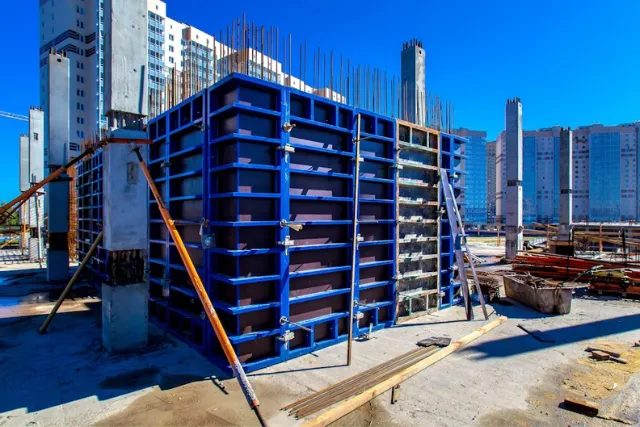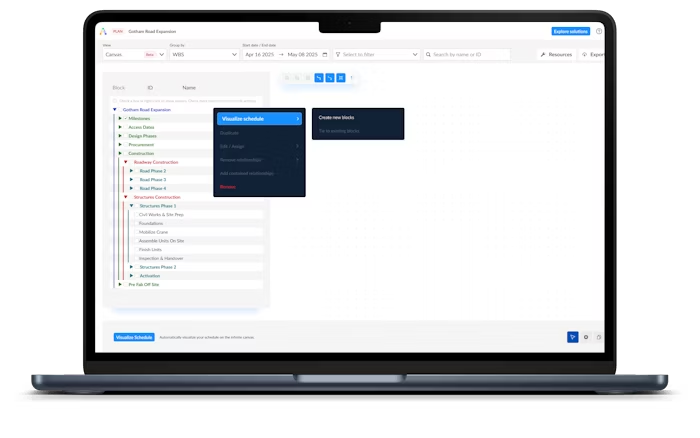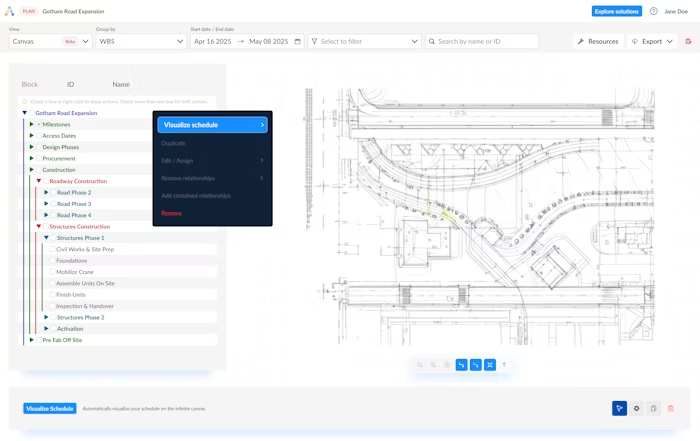
Concrete contractors have long faced the challenge of executing precise, time-sensitive work in unpredictable conditions. Once a concrete pour starts, there’s no second chance — any mistake in logistics, crew readiness, or sequencing can lead to costly rework and delays. Now, artificial intelligence (AI) is emerging as a powerful tool to help contractors anticipate challenges, optimize resources, and keep projects on track.
"AI isn't here to replace humans; it’s here to empower them," industry experts emphasize, underscoring the technology’s role as a decision-support system rather than a replacement for on-the-ground expertise.

Concrete projects involve hundreds or even thousands of interdependent activities. Labor availability, weather, site access, and equipment readiness all influence each step. In traditional workflows, contractors rely heavily on Gantt charts, printed plans, and instinct — but these methods can be slow, siloed, and prone to miscommunication.
A missed cue between crews can bring the project to a standstill. As one superintendent put it, "I didn’t know I needed to be there", a common refrain when schedules aren’t communicated clearly.
AI-driven platforms can simulate various scheduling scenarios in seconds, allowing teams to see how different choices will impact project timelines and budgets. By integrating project schedules with live site data, these tools can flag risks before they become costly problems.
Examples include:
In one case, a subcontractor planning a deep excavation realized — through AI modeling — that they could complete the work with six sets of formwork instead of ten, cutting equipment costs by 40% and winning the bid with a more competitive price.

While Building Information Modeling (BIM) offers rich visual detail, it’s costly and time-consuming to maintain. Many contractors need something in between: an intuitive tool that spatially visualizes schedules without requiring a full BIM environment.
Lightweight visual planning software can overlay a Gantt chart on a 2D site layout, allowing crews to filter by activity type, equipment, or phase. This helps forepersons and superintendents understand the day-to-day plan at a glance and coordinate more effectively with other trades.
Historically, when a project fell behind schedule, teams would throw extra labor or materials at the problem. AI offers a smarter approach — simulating thousands of “what-if” scenarios to find the most effective and resource-efficient path forward.
"Whether the goal is to minimize downtime, hit a critical milestone, or control costs, AI can recommend adjustments based on the team’s real priorities," say AI developers.
In one high-rise project, AI analysis revealed that using quick-set concrete — despite its higher material price — could cut 50 days from the schedule and reduce costs by 3.5%.
The real advantage of AI in concrete construction lies in faster, better-informed decisions. Instead of spending weeks manually analyzing schedules, contractors can get optimized plans in minutes. That means more time focusing on strategy, safety, and quality — and less time firefighting.
With the construction industry facing labor shortages and rising costs, tools that can bridge the gap between planning and execution will become increasingly essential. As one project engineer put it, "AI gives us the clarity to make decisions we can trust — even under pressure."
Originally reported by Rene Morkos in For Construction Pros.